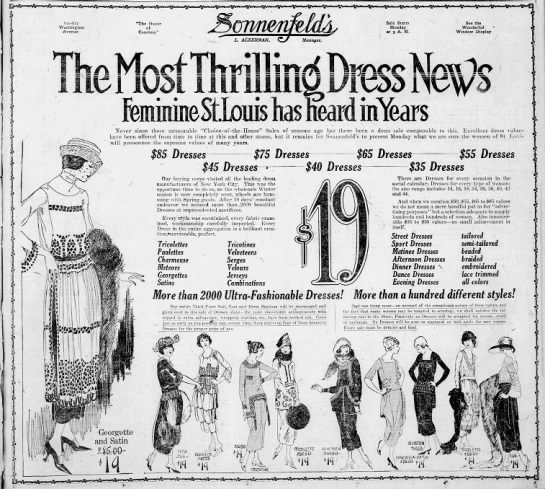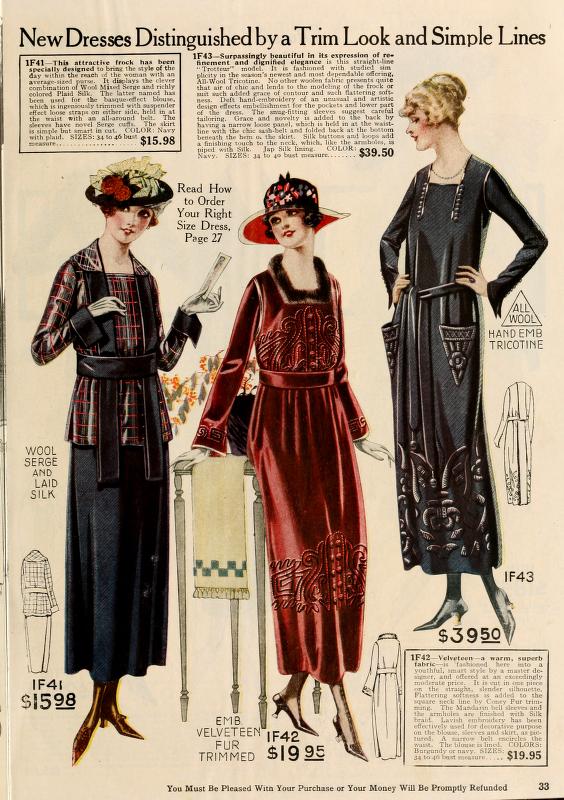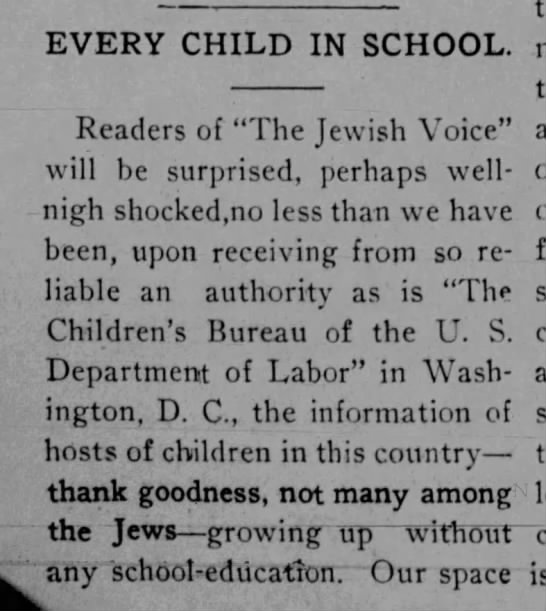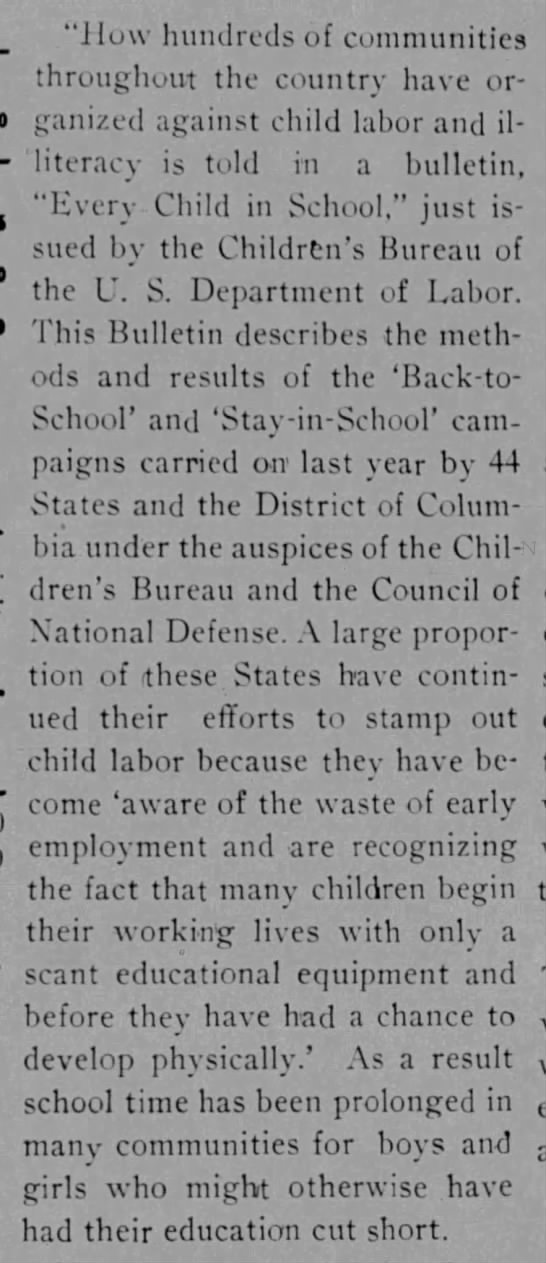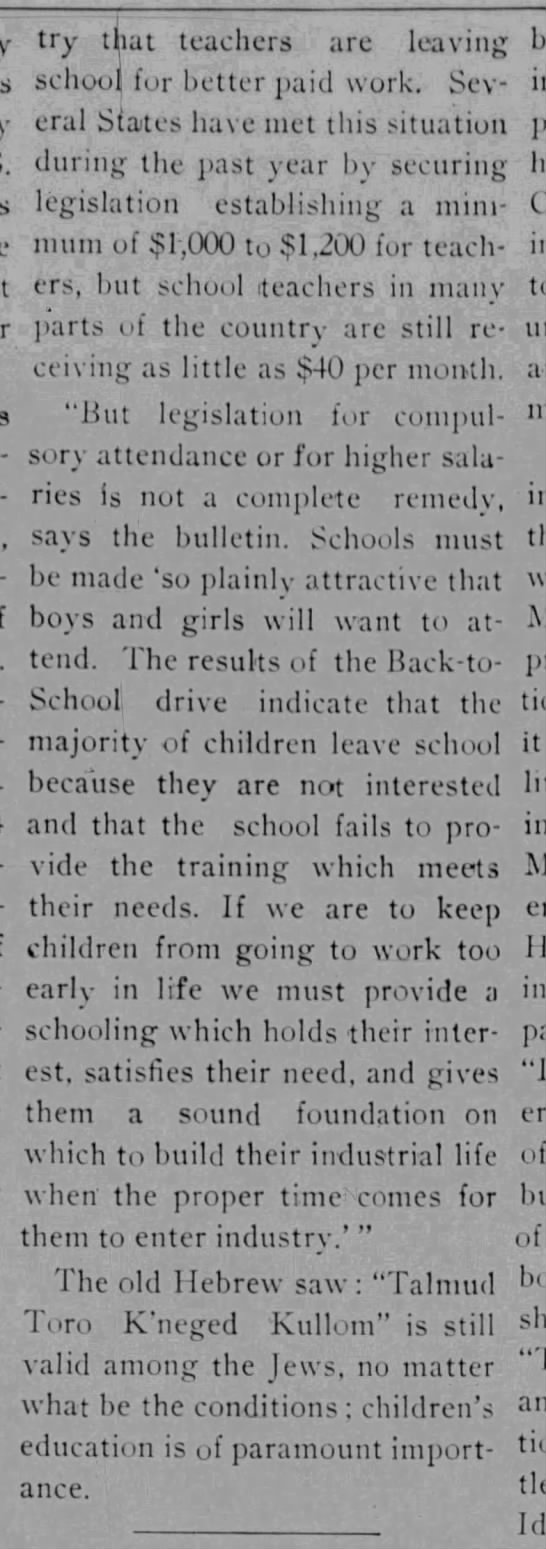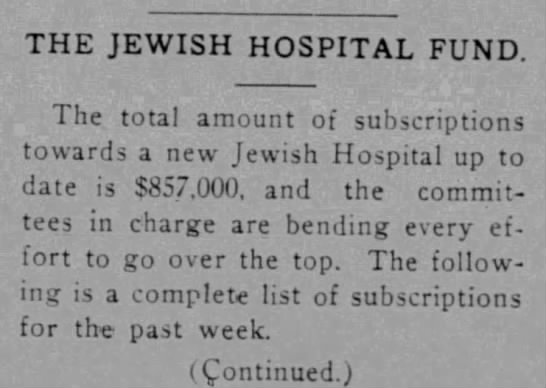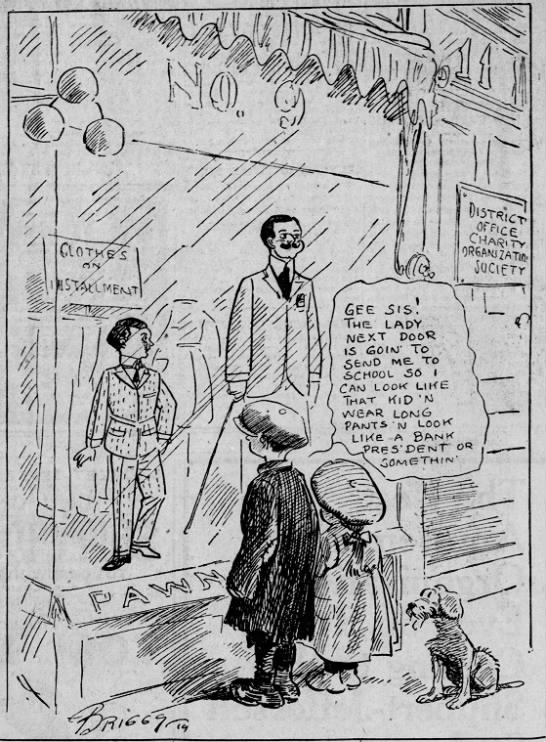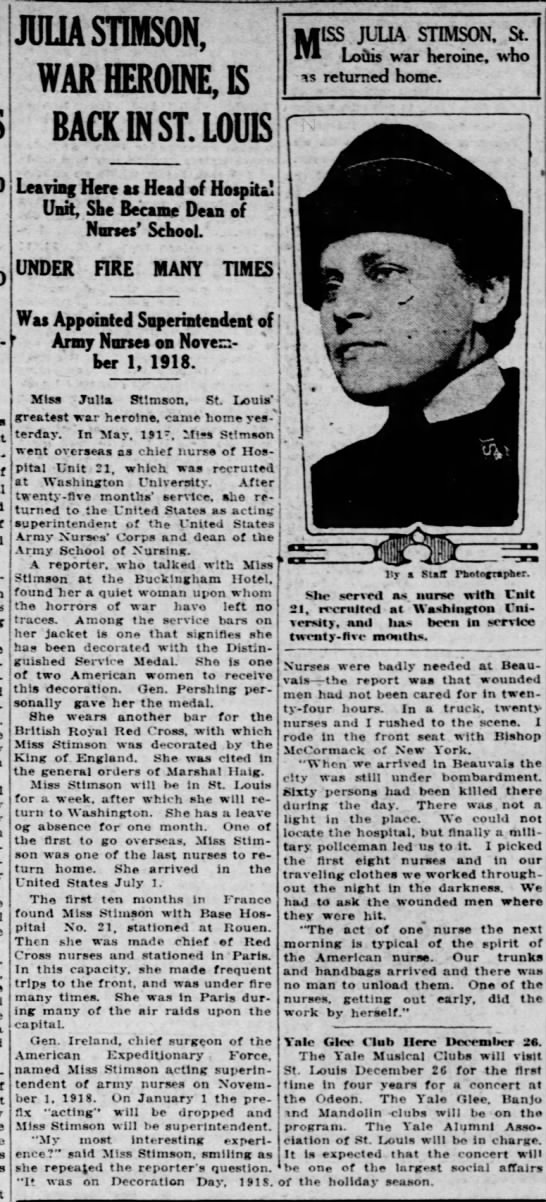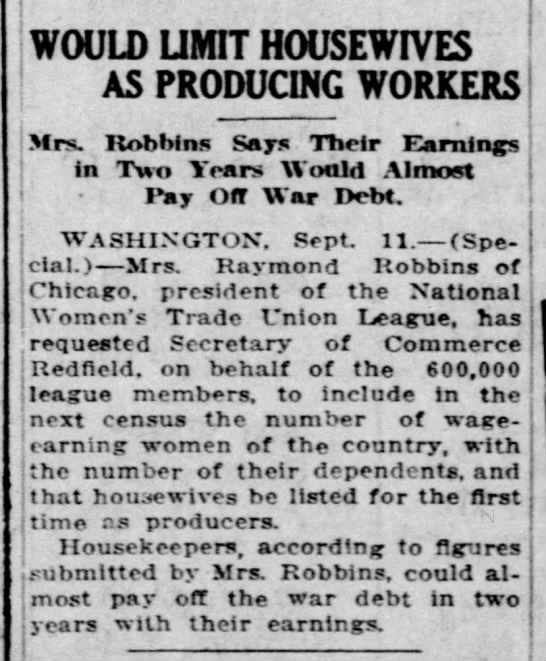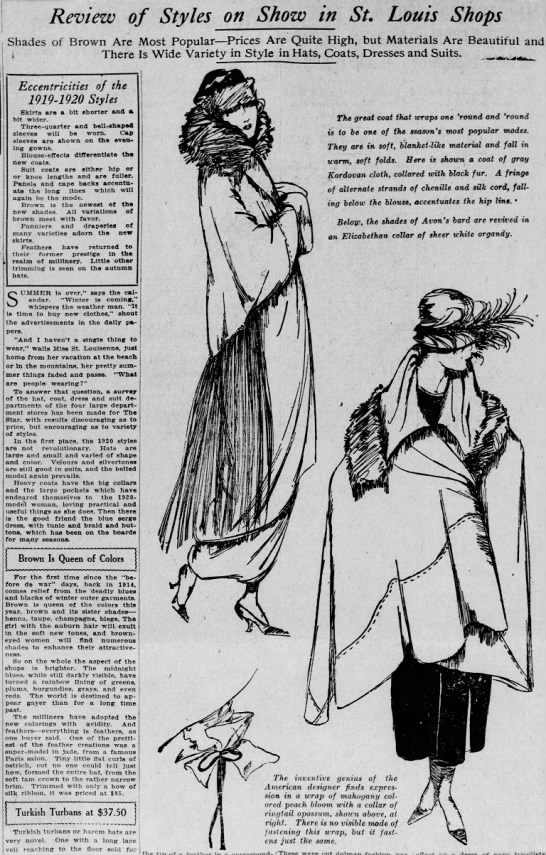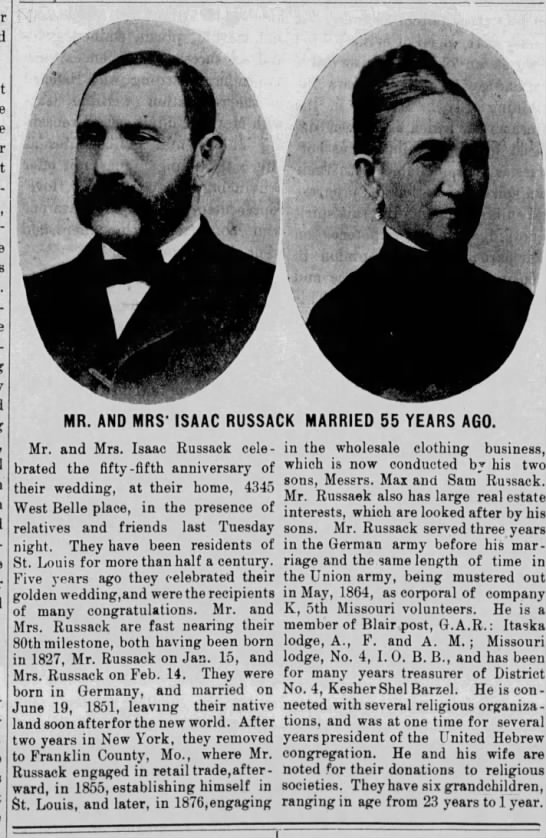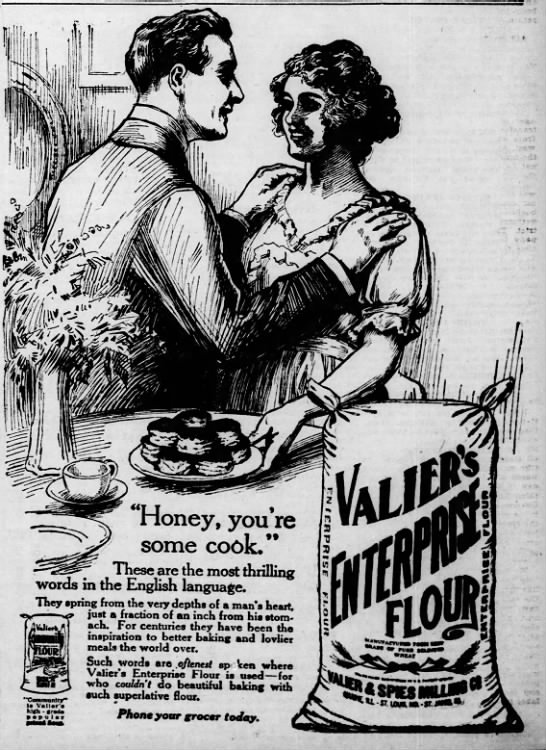I loved The All-Night Sun by Diane Zinna, mesmerized by the writing and propelled by the story line. It was the perfect read for my scattered and distracted brain, transporting me into another's story.
A family of three is like a bet.~ from The All-Night Sun by Diane ZinnaOnly child Lauren lost her parents in a tragic accident when she was eighteen, leaving her alone in a baffling world. Her parents couldn't afford to send her to college but after their deaths she guiltily sold everything to raise the funds for her education. She learned how to survive in isolation, accustomed to lying about being orphaned.
At twenty-eight, she has her dream job teaching a writing class to international students at a small Catholic college, a popular teacher who loves her work. She understands her foreign student's experiences as outsiders, their homesickness, and admired their courage.
Art student Siri comes into her classroom and insinuates herself into Lauren's life, and for the first time Lauren felt understood, that she had a true friend. Siri was outgoing and sincere, but also a risk taker who charms her teacher out of her safety zone. Lauren is used to secrets, and knows she must keep their relationship under wraps from the other teachers and administration.
Siri asks Lauren to come to her home in Sweden for Midsommer and she impulsively accepts.
I gasp at early memories of our trip now, and they are otherworldly, other-sensory. ~from The All-Night Sun by Diane ZinnaThe gorgeous descriptive writing weaves visions of an enchanted land and time, maidens frolicing in meadows and woods, flowers woven in their hair, bathing in the cold water. Lauren allows Siri to transform her, and she feels what it is to be young--that fleeting time that passed her by with her parent's demise.
Siri has a complicated relationship with her siblings. The early deaths of their parents spurred older sister Birgit to take on the role of mother. Siri hates her artist brother Magnus, both blaming each other for their mother's death, and she warns Lauren to stay away from him. For Siri's sake, Lauren wants to resist the attraction between them.
The headiness of the all-night sun, being a part of a circle of teenage girls, comes to a crisis at a Midsommer party. Lauren retreats home determined to put Sweden and Siri and her family behind her. But there is no escape.
As her life spirals out of control, Lauren loses herself and her life, but in the end she discovers forgiveness and acceptance.
The All-Night Sun reads like a psychological thriller written by accomplished literary hands that spin a denouement of uplifting satisfaction.
I was given a free ebook by the publisher through NetGalley in exchange for a fair and unbiased review.
Read an excerpt at
https://www.penguinrandomhouse.com/books/602443/the-all-night-sun-by-diane-zinna/
The All-Night Sun
by Diane Zinna
Random House Publishing Group - Random House
Pub Date July 14, 2020
ISBN: 9781984854162
hard cover $27.00 (USD)
from the publisher
Lauren Cress teaches writing at a small college outside of Washington, DC. In the classroom, she is poised, smart, and kind, well liked by her students and colleagues. But in her personal life, Lauren is troubled and isolated, still grappling with the sudden death of her parents ten years earlier. She seems to exist at a remove from everyone around her until a new student joins her class: charming, magnetic Siri, who appears to be everything Lauren wishes she could be. They fall headlong into an all-consuming friendship that makes Lauren feel as though she is reclaiming her lost adolescence.
When Siri invites her on a trip home to Sweden for the summer, Lauren impulsively accepts, intrigued by how Siri describes it: green, fresh, and new, everything just thawing out. But once there, Lauren finds herself drawn to Siri’s enigmatic, brooding brother, Magnus. Siri is resentful, and Lauren starts to see a new side of her friend: selfish, reckless, self-destructive, even cruel. On their last night together, Lauren accompanies Siri and her friends on a seaside camping trip to celebrate Midsommar’s Eve, a night when no one sleeps, boundaries blur, and under the light of the unsetting sun, things take a dark turn.
Ultimately, Lauren must acknowledge the truth of what happened with Siri and come to terms with her own tragic past in this gorgeously written, deeply felt debut about the transformative relationships that often come to us when things feel darkest.


